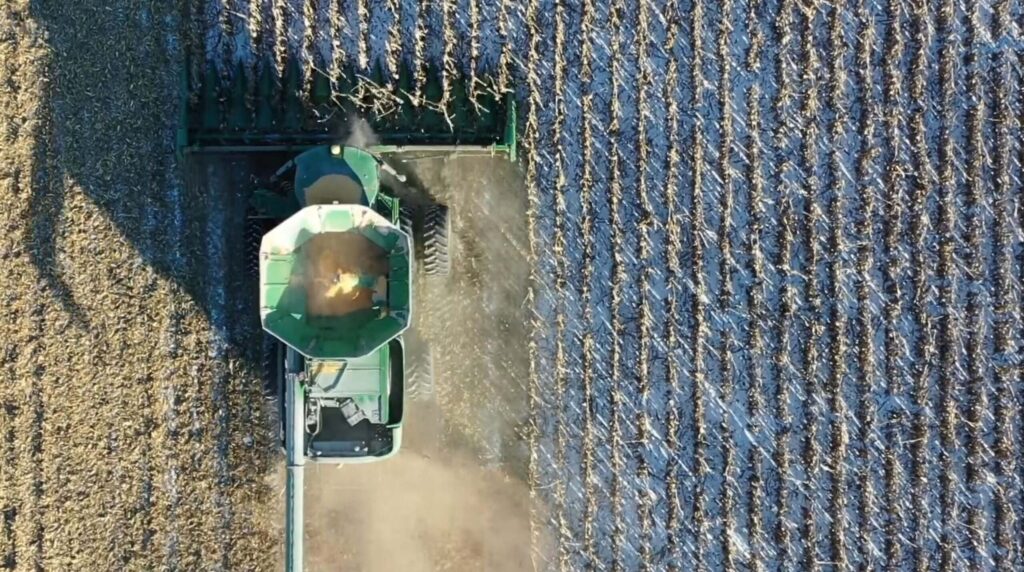Commercial banks and the Farm Credit System have been the dominant lenders to farmers for the past century, but new participants have entered the ag credit markets in recent years. This group includes ag input suppliers, and in more recent times, specialized collateral-based lenders that use land or other assets as the collateral for their farm loans. These “non-traditional lenders” have been consistently capturing market share in the agricultural credit markets since the 1980s financial crisis in agriculture. In 2019, they held almost 13% of the total farm sector debt (USDA) and accounted for 30% of the active loans based on data from the Kansas Farm Management Association. We know little about these non-traditional lenders because they do not face the same public reporting requirements as traditional lenders. The purpose of our study — Strategic Behavior of Non-traditional Lenders in the Agricultural Credit Markets — was to examine the credit products, operational performance and business models of these new players in the ag credit markets.
The approach used in this research was an extension of classic case study analysis. Data was obtained from detailed personal interviews with senior executives of five firms that are important suppliers of non-traditional credit to farmers. These interviews were gleaned for insights into the strategies and operations of firms that are representative of this category of suppliers of credit to farmers.
The results suggest that in contrast to the widely held perception that non-traditional lenders capture market share during prolonged periods of financial stress and because of a lower degree of regulatory oversight, these lenders have in fact increased their market share by successfully identifying gaps in the supply side of the market and developing products/services to meet the needs of that market niche. Furthermore, liquidity and other under-writing standard expectations are similar to those of traditional ag lenders, and these firms do not extend credit only to borrowers whose financial condition does not allow them to get credit elsewhere. Instead, non-traditional lenders have identified underserved market niches and compete on convenience, speed in decision making, lower interest rates and innovation in product/service offering. The implication is that these types of firms are expected to be long-run permanent participants in the agricultural credit markets.
For more information and a detailed synopsis of the survey results, including product/service offering, origination/marketing/servicing strategies, customer profile, loan volume and portfolio, interest rates and sources of funds, see Strategic Behavior of Non-traditional Lenders in the Agricultural Credit Markets.
References
Tetteh, L., Boehlje, M., Giri, A. and Sharma, S. (2021), “Strategic behavior of nontraditional lenders in agricultural credit markets”, Journal of Agricultural Finance Review, Vol. 82 (2), p. 379-396




